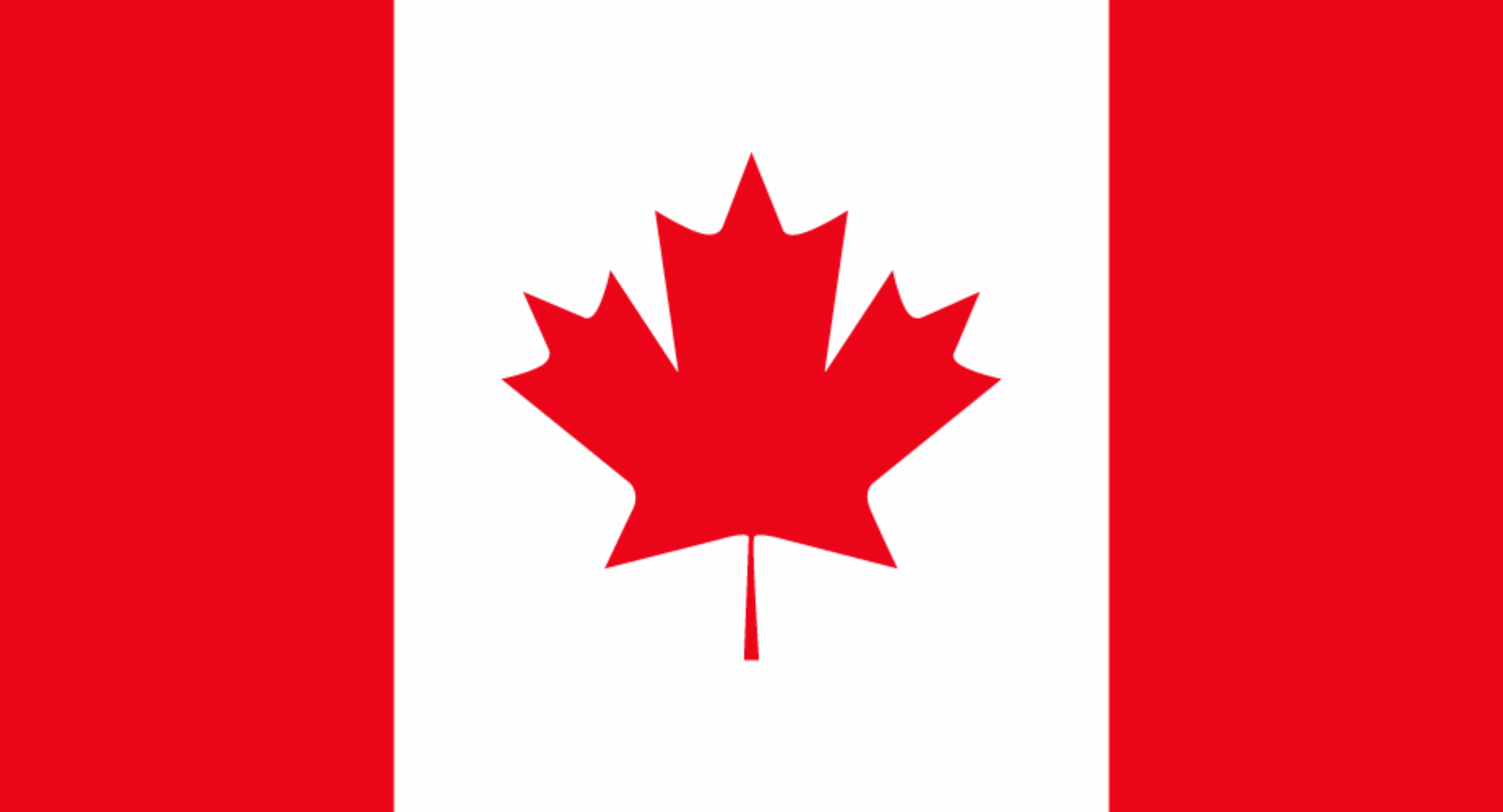Contact
Dog Grooming Basics

Dog grooming can be a wonderful way to bond with your furry friend and to ensure they're kept happy and healthy. Follow the below steps for great dog grooming practices:
Brushing
How often you brush your pooch will depend on the breed, their length of hair and daily activities. Dogs with short hair don't need as much brushing (once every few weeks) and you can often remove loose hairs with a soft grooming glove. Dogs with medium, long or double coated hair might need brushing on a weekly basis with combs and brushes with bristles in order to remove loose hairs and prevent the coat from matting.
Bathing
You should only be bathing your dog when necessary in order to keep the natural oils on the skin and prevent drying of the coat. At the moment dog products are not regulated and ingredients don't need to be listed on packaging - many of which contain sulphates and synthetic fragrance that can irritate your dogs skin. Our Dog Wash and Dog Conditioner is specifically designed for sensitive skin and lightly fragranced with calming Australian essential oils of Paperbark and Lemongrass. Generally once a month is a good indication of how often you should bathe your dog, and we recommend a natural Dry Dog Wash in between washes - this helps to repel insects, remove germs, dirt and odour and keep the coat glossy.
Teeth cleaning
Chewing is a great way to keep the teeth and gums healthy. Provide a chew toy or dental chew daily and offer a raw meaty bone once or twice a week. It's always a good idea to talk to your vet about raw bones and their suitability for your particular dog.
Trimming hair
Some dogs may need their coats trimmed from time to time and you can enlist the help of a dog groomer or ask your vet about trimming your pooch. If you trim at home always use blunt-nose scissors and make sure to check the areas around the eyes and chin and anywhere the hair can tangle or mat.
Monitoring paws
A quick check to make sure there are no wounds, infections or caught debris.
Nail clipping
Adequate exercise should keep the nails at a good length however if the nails are becoming too long a small amount can be trimmed off the ends. Make sure not to trim too short as this can cause bleeding and pain. Ask your vet for a demonstration and the best clippers for your dog.
Ear cleaning
Head shaking, ear discharge, ear scratching or rubbing, redness/swelling around the ear, sensitivity around the head or unpleasant odour are all signs that your dog might have an ear problem. Yearly trips to the vet can help determine if there is a worry and if your dog is not showing any signs it's best to leave the ears alone.
Monitoring eyes
Check your dog's eyes regularly. Healthy eyes are clear and bright, any squinting or holding an eye closed can often be an indication of an eye problem.
Here are a few articles we like on how to train your dog to enjoy brushing and bath time.
Image of Lloyd.
 CH
CH Europe
Europe Australia
Australia Canada
Canada Japan
Japan China
China

























